Argentina is the largest Spanish-speaking country on the planet.
It is also the second largest country in Latin America and the eighth largest in the world.
Argentina is a bicontinental country, that is, its territory is part of two continents, America and Antarctica. It is located at the southern tip of South America and extends to the south pole on the Antarctic continent.
Its territory brings together a great diversity of climates. Throughout its territory it has a difference in altitude that goes from 107 m below sea level (Carbón Lagoon) to almost 7000 meters above sea level.
Argentina has an extension of the maritime coastline that reaches 4,725 km.
At the same time, it has wide humid plains that border extensive deserts and high mountains.
The tropical and subtropical climate in the north contrasts with the extreme cold and snowfall in the mountain areas and in the south.
The name of Argentina
The term Argentina comes from the Latin argentum, which means silver. Its record appears written in the expression Terra Argentea included in a cartographic piece by the Portuguese Lopo Homen from 1554.
The first name of Argentina in 1811 was the United Provinces of the Río de la Plata.
In 1853 Argentina came to have three official names: United Provinces of the Río de la Plata, Argentine Republic and Argentine Confederation. These names were established in the National Constitution of 1853 in its article 35 and would be used interchangeably for the designation of the government and territory of the provinces, using “Argentine Nation” in the formation and sanction of the laws.
But on October 8, 1860, President Santiago Derqui, faced with the need to unify the name for administrative acts, established the definitive name as the Argentine Republic.”
Argentina, a country synonymous with passion, tango, and vast landscapes, stands as a captivating blend of diverse cultures, a rich historical tapestry, and natural wonders. Nestled in the southern cone of South America, Argentina boasts a unique identity that has been shaped by waves of immigration, indigenous roots, and a tumultuous yet resilient history. From the vibrant streets of Buenos Aires to the breathtaking expanses of Patagonia, Argentina is a nation that invites exploration and discovery. In this comprehensive exploration, we delve into the most relevant details that define Argentina—its cultural heritage, historical milestones, natural wonders, and the spirit that unites its people.
Geography and Natural Wonders:
1. Diverse Landscapes:
Argentina’s geography is a testament to nature’s diversity, encompassing vast plains, soaring mountains, dense forests, and pristine coastlines. The country spans over 2.7 million square kilometers, making it the eighth-largest country globally. From the Andes mountain range in the west to the expansive Pampas plains in the east, Argentina’s landscapes are as varied as they are breathtaking.
2. Patagonia:
The southern region of Patagonia is a highlight of Argentina’s natural wonders. Home to glaciers, towering peaks, and pristine lakes, Patagonia offers a landscape that is both rugged and awe-inspiring. The iconic Perito Moreno Glacier in Los Glaciares National Park is a marvel that attracts visitors from around the world.
3. Iguazu Falls:
On the northeastern border with Brazil, the Iguazu Falls thunderously cascade over a series of waterfalls, creating a spectacle of immense natural beauty. Surrounded by lush rainforest, Iguazu Falls is a UNESCO World Heritage site and one of the most stunning waterfalls on the planet.
4. Andes Mountains:
Stretching along Argentina’s western border, the Andes Mountains are a defining feature of the landscape. Mount Aconcagua, the highest peak in the Southern and Western Hemispheres, is a challenging destination for mountaineers and a symbol of Argentina’s natural grandeur.
Cultural Heritage:
1. Tango:
Argentina is synonymous with the passionate and sensual dance known as tango. Born in the working-class neighborhoods of Buenos Aires in the late 19th century, tango has evolved into a global cultural phenomenon. The city’s streets come alive with the rhythm of tango, and numerous tango clubs, or milongas, offer an authentic experience of this iconic dance form.
2. Mate Tradition:
The drinking of mate, a traditional herbal tea, is an integral part of Argentine culture. Shared among friends and family, mate sessions foster social bonds and are a symbol of hospitality. The iconic mate gourd and metal straw, or bombilla, are ubiquitous across the country.
3. Asado Culture:
Asado, the Argentine barbecue, is more than a meal; it’s a cultural ritual. Meat, especially beef, takes center stage, and the grilling process is a social event that brings people together. Asado gatherings are a celebration of culinary prowess and conviviality.
4. Literary Legacy:
Argentina has produced some of the world’s most celebrated literary figures. Jorge Luis Borges, often considered one of the greatest writers of the 20th century, hails from Argentina. His labyrinthine and philosophical works have left an indelible mark on global literature.
History and Milestones:
1. Independence Movement:
Argentina’s road to independence was marked by significant historical events. The May Revolution of 1810 paved the way for independence from Spanish rule, and in 1816, the country declared its independence with the signing of the Argentine Declaration of Independence.
2. Perón Era:
The mid-20th century saw the rise of Juan Perón, a charismatic leader who served as Argentina’s president. His political ideology, known as Peronism, continues to shape Argentine politics to this day. Evita Perón, his wife, is a revered figure, and their legacy is intertwined with the nation’s history.
3. Dirty War:
The late 20th century was marked by a dark period in Argentine history known as the Dirty War. Lasting from 1976 to 1983, it was characterized by human rights abuses, political repression, and state-sponsored violence. The Mothers of the Plaza de Mayo, a group of mothers seeking information about their disappeared children, became a symbol of resistance during this turbulent time.
4. Falklands War:
In 1982, Argentina and the United Kingdom engaged in the Falklands War over the disputed Falkland Islands. The conflict ended with British victory, but the war remains a significant chapter in Argentine history, shaping national identity and foreign policy.
Societal Diversity:
1. Immigration Waves:
Argentina’s population reflects a tapestry of immigration waves from Europe, particularly Spain and Italy, in the late 19th and early 20th centuries. This diverse heritage has contributed to the country’s unique cultural blend.
2. Indigenous Communities:
Argentina is home to a variety of indigenous communities, including the Mapuche, Quechua, and Aymara. These communities, with distinct languages and cultural practices, contribute to the rich mosaic of Argentina’s societal fabric.
3. Urban Centers:
Buenos Aires, the capital and largest city, is a cultural hub known for its European-style architecture, vibrant neighborhoods, and a thriving arts scene. Cities like Cordoba, Rosario, and Mendoza also contribute to the country’s urban dynamism.
4. Gaucho Tradition:
The gaucho, Argentina’s iconic cowboy, is a symbol of rural traditions and horsemanship. The vast Pampas plains have been home to the gaucho culture, and their legacy endures in folk traditions, music, and rodeo events.
Economic and Contemporary Context:
1. Economic Challenges:
Argentina has faced economic challenges marked by periods of inflation, debt, and economic fluctuations. The country has sought to address these challenges through various economic policies and international agreements.
2. Agricultural Powerhouse:
Argentina is a major player in global agriculture, known for its production of beef, soybeans, and wine. The Pampas region, with its fertile soil, has been a key contributor to the country’s agricultural success.
3. Renewable Energy Initiatives:
In recent years, Argentina has made strides in the development of renewable energy. The country has invested in wind and solar projects, aiming to diversify its energy sources and reduce reliance on traditional fossil fuels.
4. Cultural Diplomacy:
Argentina’s cultural exports, from literature and music to film and sports, contribute to its global influence. Tango, for example, has transcended national borders and become a symbol of Argentine identity worldwide.
Conclusion:
Argentina, with its sprawling landscapes, vibrant cultural heritage, and complex history, is a nation that defies easy categorization. From the passionate beats of tango in Buenos Aires to the pristine expanses of Patagonia, each facet of Argentina contributes to a captivating narrative. The country’s cultural tapestry is woven with threads of diverse immigrant influences, indigenous roots, and a
resilient spirit that has weathered historical challenges.
As Argentina navigates the complexities of the contemporary era, it draws on its storied past and embraces a future marked by economic diversification, environmental initiatives, and a continued commitment to cultural diplomacy. The Argentine people, with their warmth, passion, and resilience, remain at the heart of the nation’s identity.
In the intricate dance of destiny and chance, Argentina invites exploration, beckoning travelers and enthusiasts to uncover the layers of its cultural richness, explore its natural wonders, and engage with the vibrant tapestry that defines this remarkable South American nation.



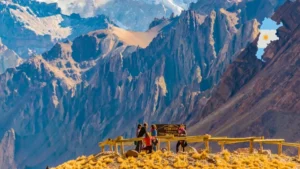


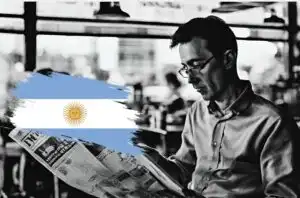

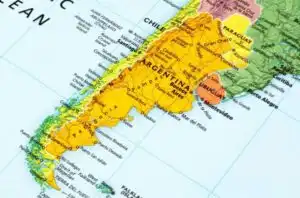
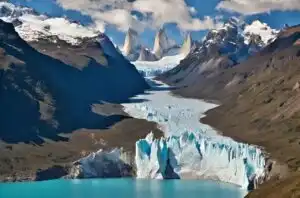
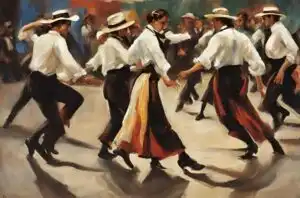
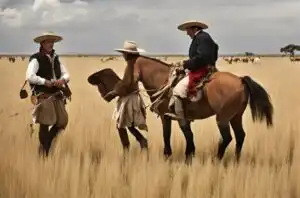







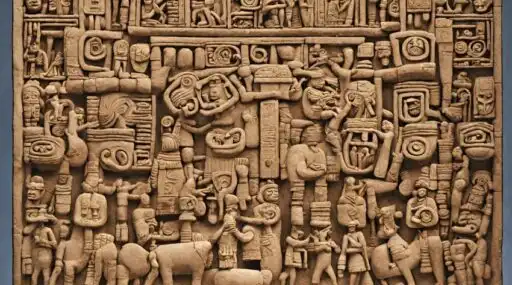

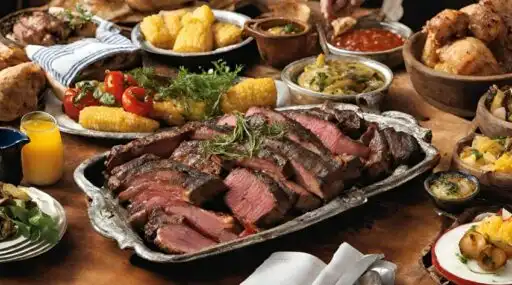
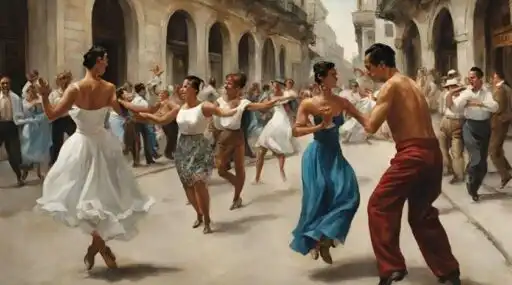
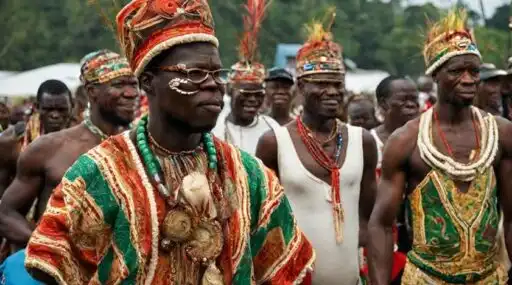











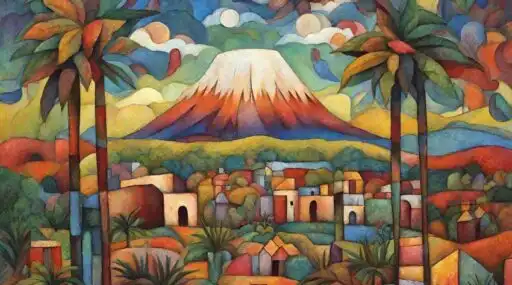


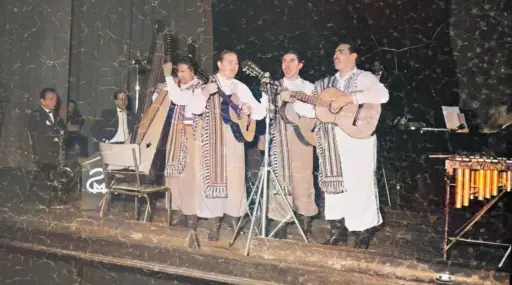



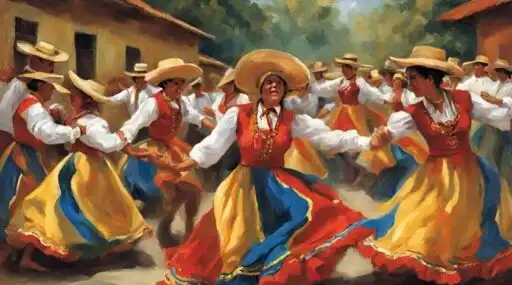

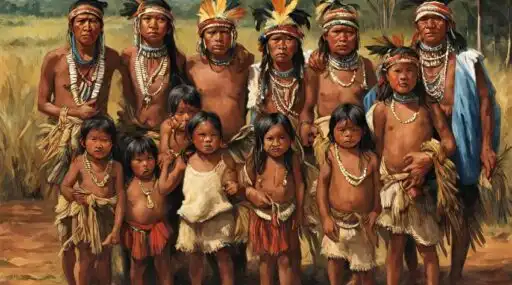




Leave a Reply